9 Expert Insights about Student Behavior
August 12, 2025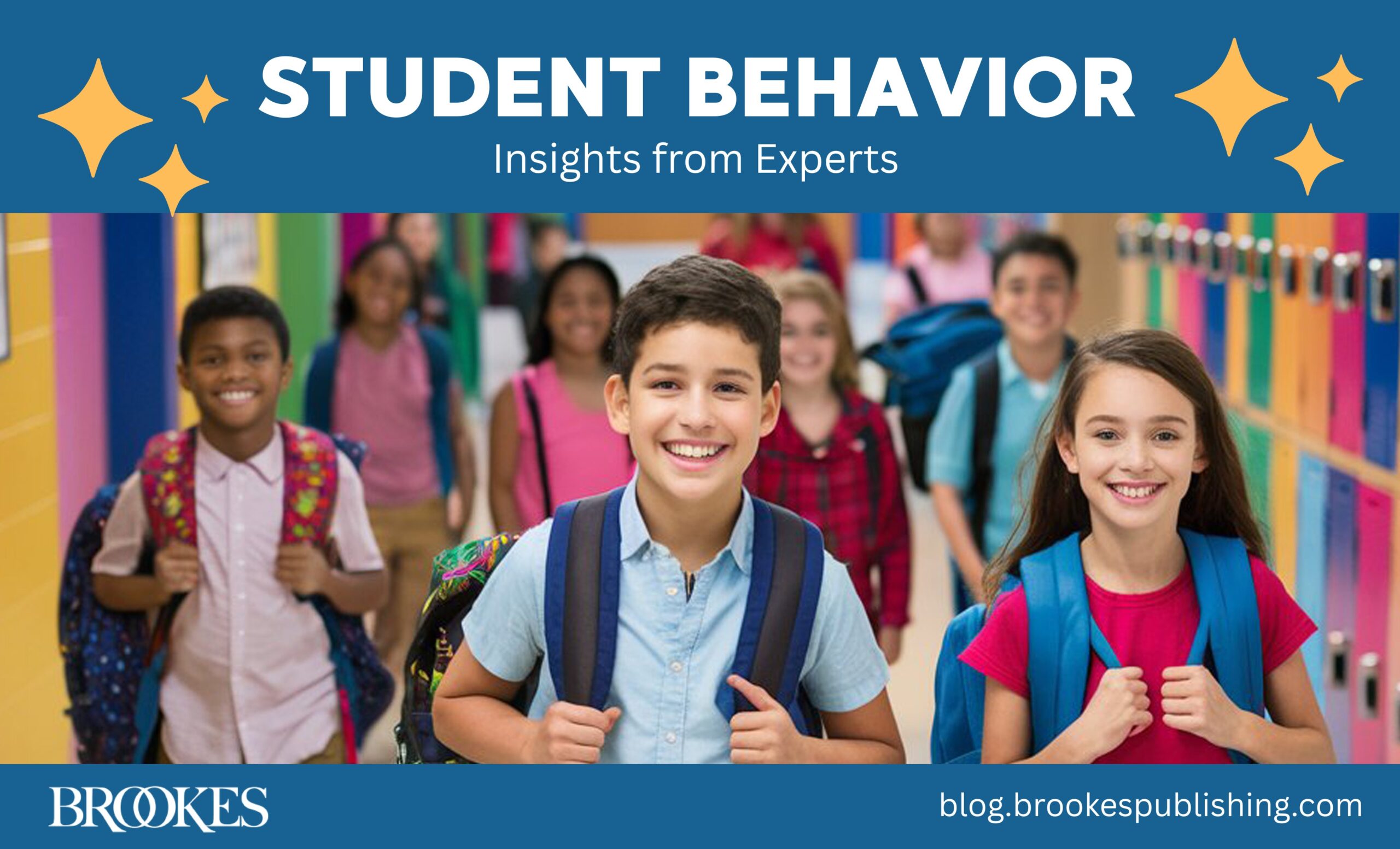
Student behavior is a major concern for every educator, and our expert authors have the knowledge and experience to help you solve behavior challenges and ensure that all students are ready to learn. Here are 9 practical insights from Brookes authors to apply in your classroom this year!
Acknowledge What You Can’t Control
It’s important to acknowledge what you cannot control about your students (e.g., exposure to previous adverse childhood experiences outside the classroom, which can lead to toxic levels of stress and trauma) in order to invest your time and energy wisely on things you can influence directly in the classroom (e.g., forming caring relationships with your students and implementing trauma-informed practices to enhance your classroom environment).
The reality is that you “inherit” the kids in your classroom at a given moment in time. Parents send the best kids they have to school; they don’t keep the “good” ones at home. Your job becomes meeting your students where they are in order to help them grow and learn over time.
Establish Expectations Early
Start the year by identifying three to five broad behavior expectations (no more than five, no less than three) that encompass the types of prosocial behaviors you wish to develop in your students (e.g., the “Three Bees”: Be Responsible, Be Respectful, Be Ready). There is no single set of expectations in the literature that can be applied to all classrooms; the key is to identify expectations that make sense to you and your students. Have fun with acronyms and mnemonics. For example, some teachers have used the “Three Bees” and carried it through by employing a bumblebee theme in their classrooms throughout the year.


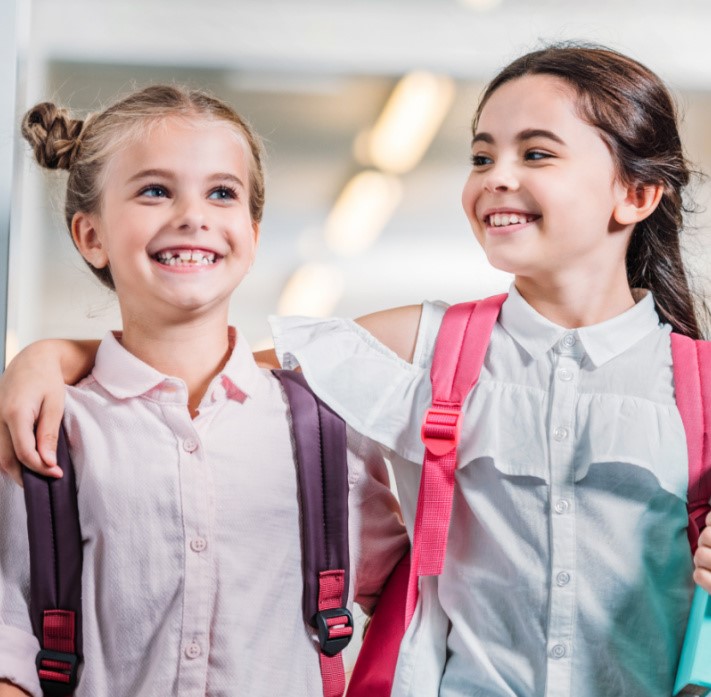

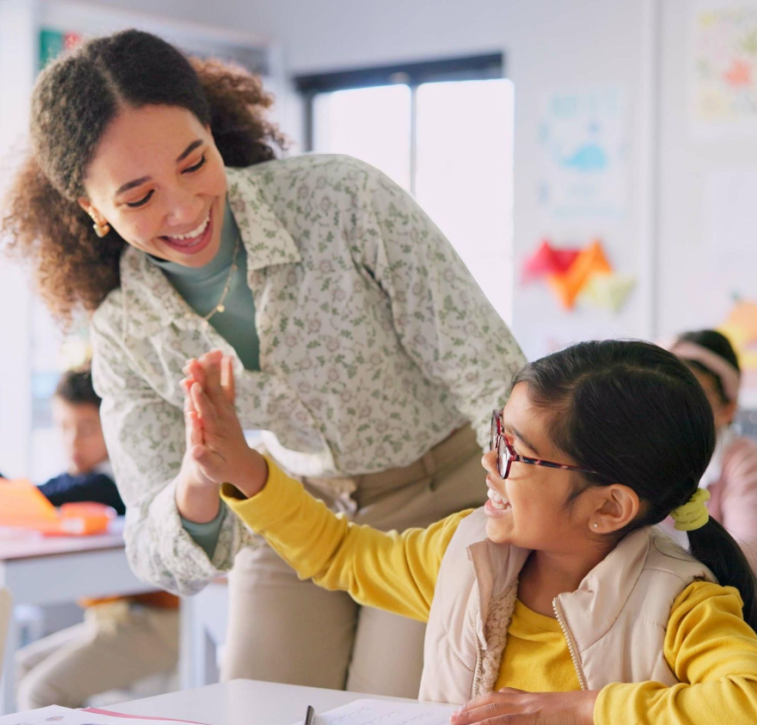
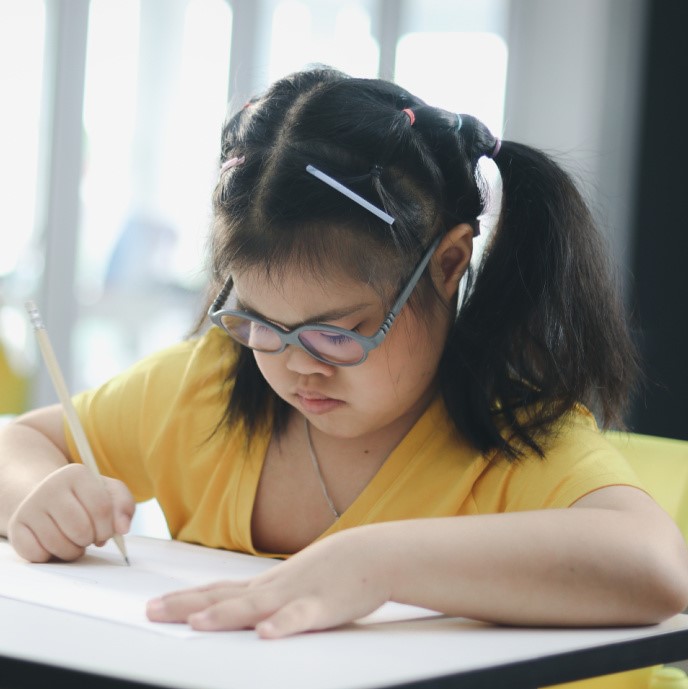
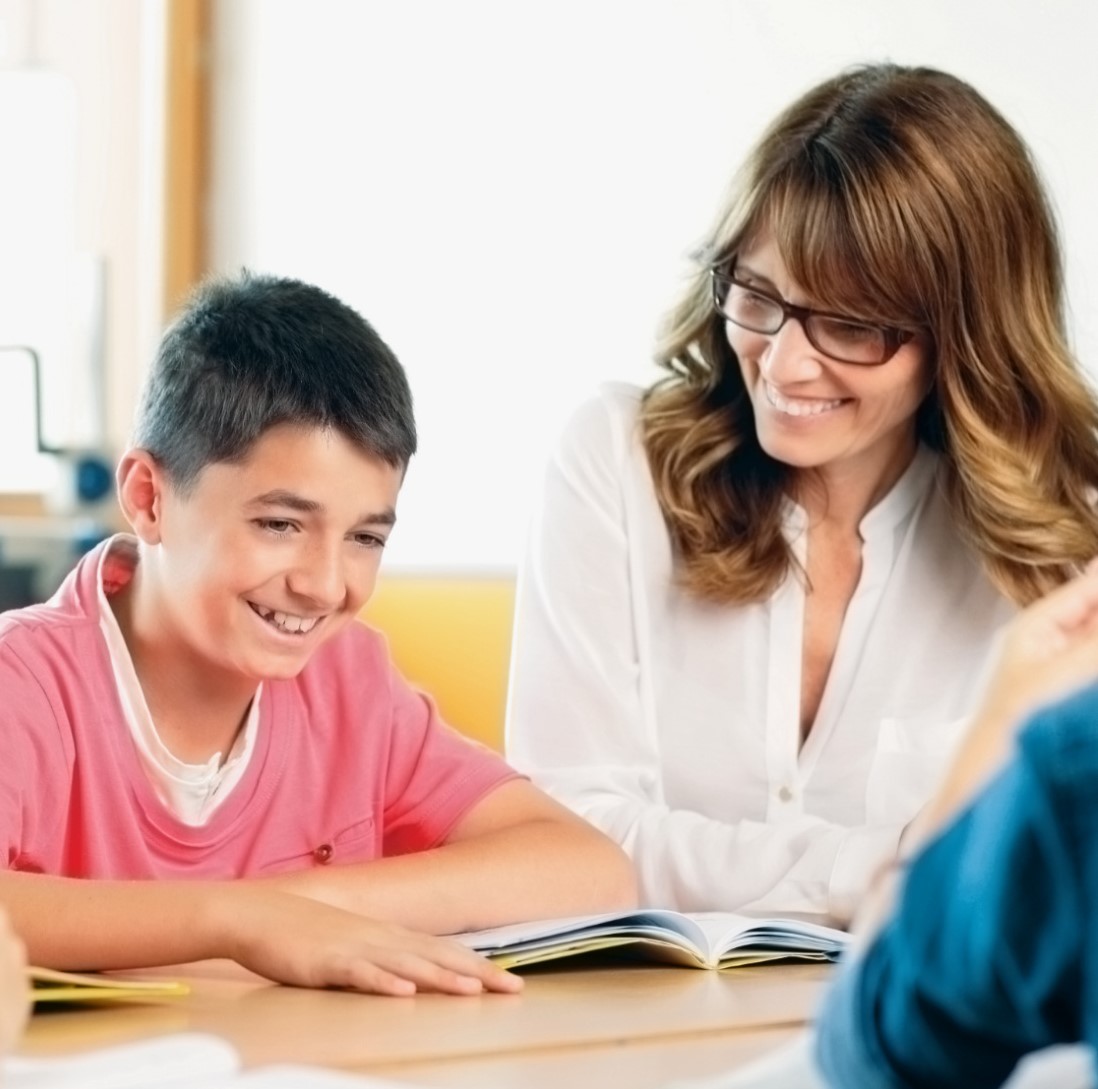

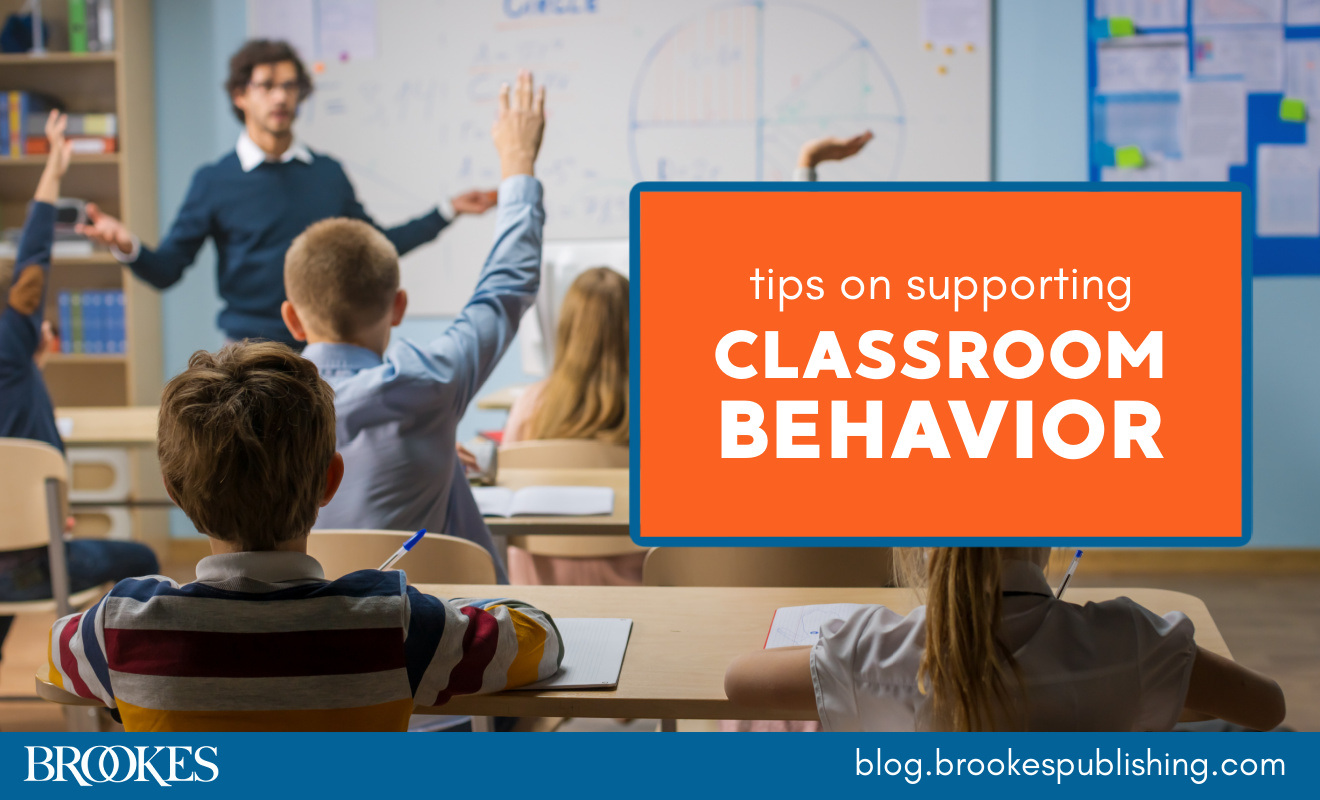


Write a Comment
Your email address will not be published. Required fields are marked *
Post a Comment